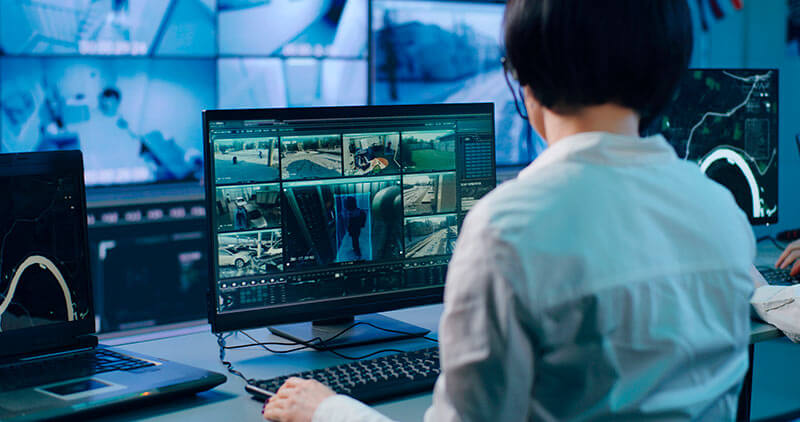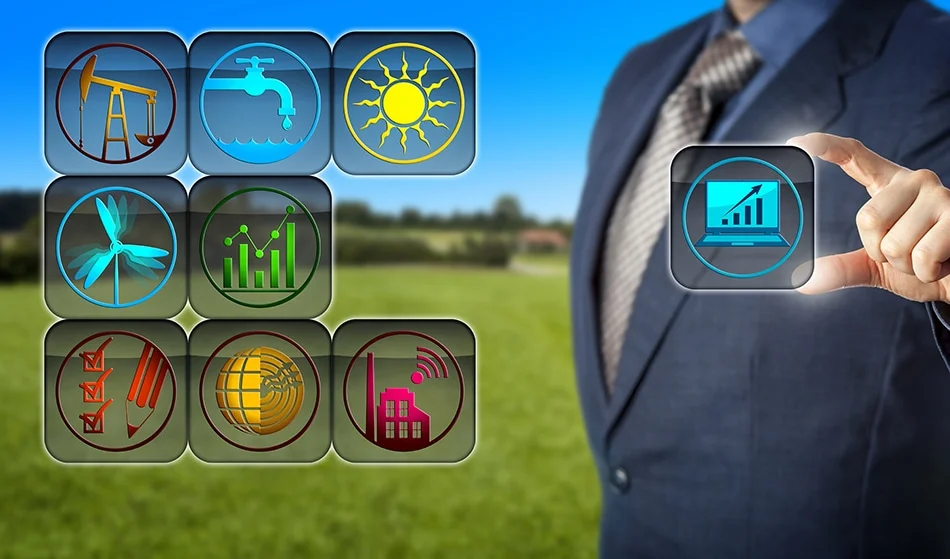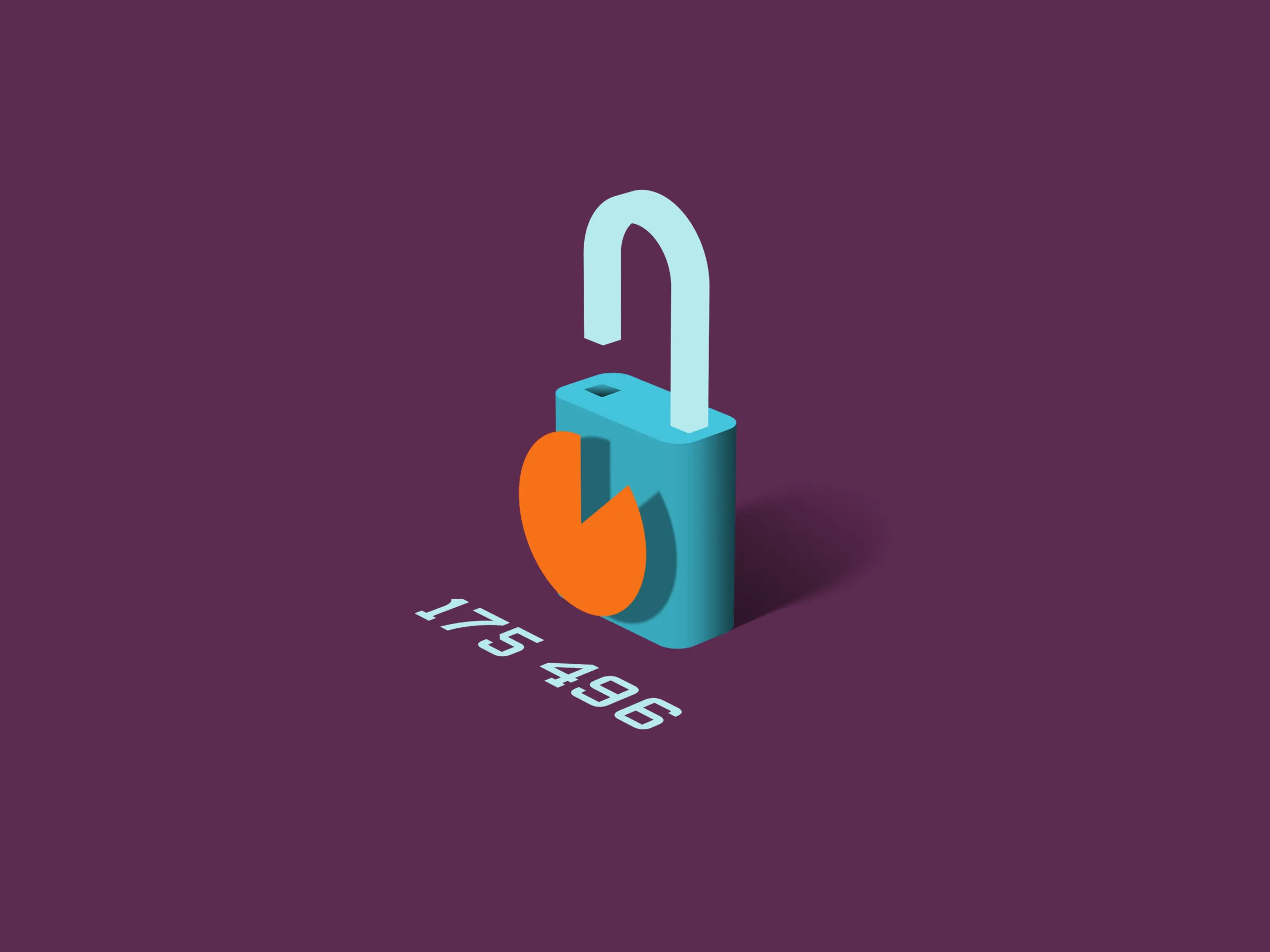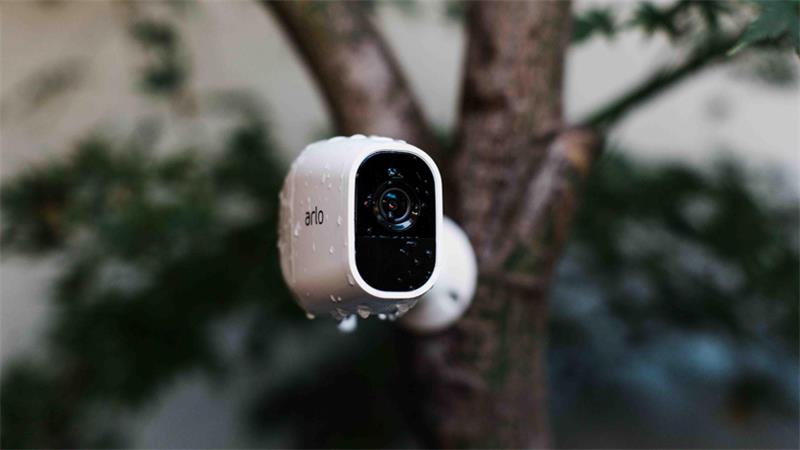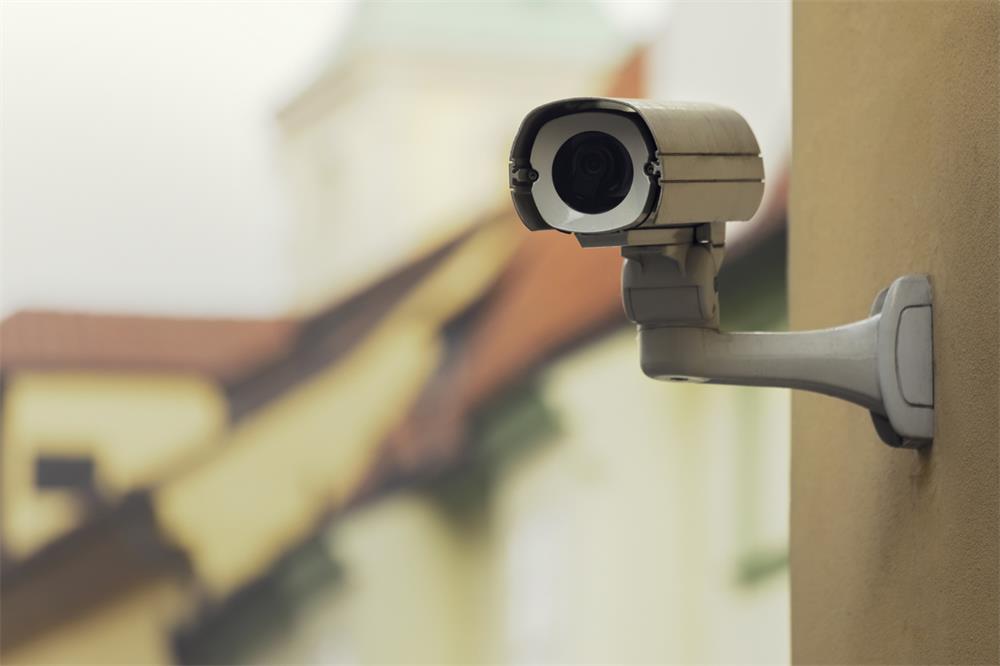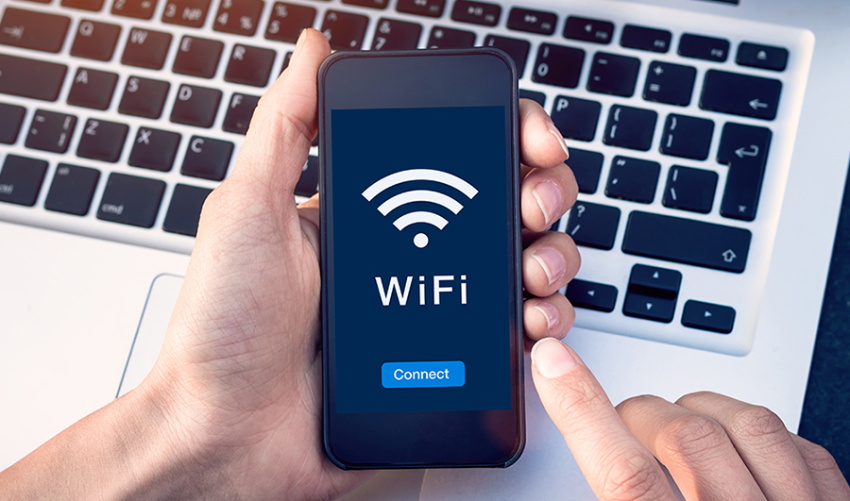Contents
The Importance of Security Systems and Video Verification
Security systems are an essential element for any modern property, whether it’s a home or a business. These systems work to protect your property from potential intruders and keep you and your belongings safe.
With the advent of advanced technologies, security systems have become more sophisticated over time, offering better monitoring tools, faster response times, and reduced false alarms. However, one crucial element that stands out when it comes to security systems is video verification.
In simple terms, video verification is the use of cameras or video devices to visually confirm alarm activations or potential security breaches. This technology has gained popularity in recent years due to its numerous benefits.
One significant advantage of video verification is that it helps eliminate false alarms by providing visual confirmation to the central monitoring station. False alarms can be costly and time-consuming for both property owners and authorities who may respond to them unnecessarily.
Video verification helps prevent these false alarms by providing visual evidence so that only genuine emergencies are acted upon. Another significant benefit of using video verification is enhanced security measures.
The presence of cameras can act as a deterrent for potential intruders who may think twice before attempting a break-in knowing they will be caught on camera. Moreover, with advancements in technology, today’s video surveillance systems offer high-resolution images that make it easier to identify individuals who may attempt unauthorized access or criminal activities on your property.
Video verification also allows for faster response times during emergency situations by providing real-time updates on any ongoing incidents. This means that authorities can quickly respond to an emergency situation with all the information they need at their fingertips.
Incorporating video verification into your security system is an excellent investment in protecting your property from unwanted intrusions or criminal activities while also providing peace of mind knowing you have added layers of protection in place. In the following sections, we will explore the benefits of video verification in more detail and provide insights on how to choose the right system for your needs.
What is Video Verification?
When it comes to securing your property, you want the best protection possible. A security system that includes video verification is one of the most effective ways to ensure your safety.
But what exactly is video verification? Simply put, it’s a process in which a security company confirms an alarm activation by visually verifying the event through live or recorded video footage.
In traditional alarm systems, sensors are triggered when an intruder enters the premises, which then sends a signal to the monitoring center of a potential break-in. However, false alarms can occur due to environmental factors like pets or even weather conditions.
This can lead to unnecessary dispatches and hefty fines from local authorities for repeated false alarms. With video verification, security companies can visually confirm whether an actual intrusion has occurred and take appropriate actions accordingly.
Definition of Video Verification in a Security System
Video verification is part of smart home security technology designed to provide users with real-time alerts on their phones and other devices when suspicious activity is detected by their home security cameras or other sensors connected to their system. The technology uses advanced algorithms and machine learning techniques that have been trained on millions of images of people, animals, and vehicles moving around homes and neighborhoods. When something out of the ordinary occurs within range of a camera’s view or any other sensor device connected with the system (such as motion detectors), an alert message will be sent immediately via text message or email notifications along with relevant information obtained from accompanying visual evidence.
How It Works
Video verification works by integrating surveillance cameras into your existing security system. These cameras are typically linked directly to your monitoring center through an internet connection so that live footage can be assessed in real-time when there is some form of disturbance detected within your home’s vicinity. When an alarm goes off at your premises, instead of relying solely on motion detectors or sound sensors, your security company is instantly notified of the event.
Meanwhile, they can access live footage of your property to see if there has been any unauthorized entry or other suspicious activity taking place. This not only confirms the validity of the alarm signal but also enables them to respond faster and more appropriately to potential threats.
Video verification is a critical component of modern home security systems that helps provide greater peace of mind and protection against intrusions and other potential threats. By implementing this technology into your home security system, you’ll have greater control over what happens when an alarm goes off at your residence, which can help reduce false alarms and improve response times in emergencies.
Benefits of Video Verification
As technology continues to advance, the use of video verification in security systems has become increasingly popular. Not only does it enhance security measures, but it can also save money on false alarms and speed up response times in emergency situations. Let’s take a closer look at these benefits.
Enhanced Security
Video verification offers enhanced security measures by providing real-time footage that allows for immediate assessment of any situation. It allows for more accurate identification of potential threats and provides law enforcement with critical information necessary to respond quickly.
One example of how video verification enhances security is through motion detection technology. When motion is detected, the system will alert authorities to investigate the situation and minimize potential threats before they escalate.
Examples of How Video Verification Has Prevented Crimes
In one case, a homeowner received an alert on their phone from their video verification system that showed a stranger attempting to break into their home. The homeowner was able to call the police and provide them with real-time footage that led to the intruder’s arrest before any harm was done.
Another example involves a retail store that had previously experienced several robberies but had not installed a video verification system at the time. After installing one, they were able to deter attempted robberies by demonstrating their ability to identify criminals quickly and accurately.
Cost Savings
False alarms can be costly both financially and in terms of wasted resources. With traditional alarm systems, false alarms could result in unnecessary dispatches where law enforcement is sent out on a call for something that turned out not to be an emergency. Video verification systems minimize false alarms by allowing individuals or monitoring agents to remotely assess potential threats before contacting authorities.
According to industry research, video-verified alarm systems are 50% less likely than non-video-verified systems to result in false alarms resulting in savings on law enforcement dispatches. In addition, the use of video verification can also help reduce insurance premiums.
Statistics on Cost Savings
One study found that businesses using video-verified alarms had a 96% reduction in false alarms compared to traditional alarm systems. This ultimately resulted in significant cost savings on unnecessary law enforcement dispatches and reduced insurance premiums.
Faster Response Times
In emergency situations, every second counts. Video verification systems enable faster response times by providing authorities with immediate access to real-time footage of the situation. This allows law enforcement officials to assess the situation quickly and respond accordingly.
Case Studies on Faster Response Times with Video Verification
In one case, a store owner received an alert from their video verification system that showed an intruder breaking into their store after-hours. The owner was able to immediately call local law enforcement and provide them with real-time footage of the situation.
Law enforcement was able to respond quickly and apprehend the burglar before any harm was done. Without video verification, it’s unlikely that authorities would have been able to apprehend the burglar as quickly or minimize potential harm caused during the break-in.
Remote Monitoring
Video verification systems provide remote monitoring capabilities for individuals or security personnel responsible for monitoring multiple locations. Remote monitoring allows individuals to assess situations from anywhere at any time, providing peace of mind and improved security measures.
Advantages of Remote Monitoring
With remote monitoring capabilities, individuals can monitor their property 24/7 without physically being there. This allows for immediate alert notifications if motion is detected or if other suspicious activity occurs. Additionally, remote monitoring provides individuals with access to real-time footage of their property allowing them to visually verify potential threats before contacting authorities or taking further action.
Types of Video Verification Systems
When it comes to video verification in a security system, there are two main types of systems: live video monitoring and event-based video verification. Both offer unique benefits and drawbacks depending on the needs of your property.
Live Video Monitoring
Live video monitoring involves a team of trained professionals who monitor your property in real-time through a network of cameras. These professionals are able to watch for suspicious activity and intervene if necessary. One major benefit of live video monitoring is the human element.
While technology can be helpful, there’s nothing quite like having an actual person watching over your property. They can make quick decisions based on what they see and communicate with law enforcement if needed.
However, live video monitoring systems can become costly due to the need for human operators. Additionally, some people may feel uncomfortable with the idea of someone constantly watching their property.
Event-Based Video Verification
In contrast to live video monitoring, event-based systems only activate when specific events occur. For example, a door sensor being triggered would activate the corresponding camera so that it begins recording immediately.
This type of system offers cost savings since there isn’t a need for constant monitoring. It also reduces false alarms since only relevant incidents trigger the camera’s recording function.
The downside is that response times may be slower since no one is actively watching the property until an incident occurs. Additionally, you might miss important details leading up to an incident if you don’t have 24/7 surveillance in place.
Choosing The Right System For Your Needs
Selecting between these types of systems requires careful consideration based on factors such as budget, type of property being monitored and level of security needed.
Factors to Consider When Choosing a System
Budget: Live monitoring systems tend to be more expensive than event-based systems. Consider what your budget allows before making a decision.
Type of Property Being Monitored: Different types of properties, like residential or commercial, may require different types of systems. For example, commercial properties may need 24/7 surveillance while a residential property might only need monitoring during specific hours.
Level of Security Needed: Some properties may require more security than others due to their location or the value of the assets being protected. This will impact the type of system you choose.
Comparison Between Different Systems
You can compare live video monitoring and event-based video verification based on several factors:
- Costs: event-based systems tend to be less expensive since they don’t require human operators.
- Ease of Use: it’s generally easier to set up event-based systems since they’re triggered by specific events rather than requiring constant monitoring.
- Safety Benefits: Live monitoring comes with the human element that can quickly make decisions and communicate with law enforcement. Conversely, event-based systems are less intrusive and ensure privacy whilst still safeguarding your property from criminal activity.
Both live video monitoring and event-based video verification have advantages and disadvantages depending on your budget and security needs. Ultimately, it’s important to choose the right system that fits your unique requirements so that you can feel confident in your security measures.
Choosing the Right System for Your Needs
Factors to Consider When Choosing a System
When it comes to selecting a video verification system for your security needs, there are a few factors that you need to consider. Firstly, you need to establish your budget.
Video verification systems come in various price ranges, so determining how much money you can afford will help narrow down your options. The second factor is the type of property being monitored.
Different properties have different security needs. For example, residential homes might require a different level of security than commercial buildings or construction sites.
Think about the level of security needed for your property. Are you looking for basic surveillance or do you need more advanced features such as facial recognition technology?
Comparison Between Different Systems
There are two main types of video verification systems: live monitoring and event-based systems. Live monitoring involves having trained personnel watching live feeds from cameras on-site in real-time. Event-based systems, on the other hand, only send footage to a remote monitoring center when an alarm is triggered.
Both types have their advantages and disadvantages. Live monitoring offers faster response times since trained personnel can identify potential threats in real-time and immediately inform authorities if necessary.
However, it can be more costly than event-based systems since personnel must be paid to monitor the feeds around-the-clock. Event-based systems only send footage when an alarm is triggered which minimizes unnecessary dispatches and saves money on false alarms.
They also allow for remote access which means you can monitor your property from anywhere at any time with just an internet connection. Ultimately, the choice between live monitoring and event-based systems will depend on your specific requirements and budget.
Conclusion
Choosing the right video verification system is crucial for enhancing security measures while also saving costs. With careful consideration of factors such as budget, type of property being monitored, and level of security needed, you can select the system that best fits your needs.
Furthermore, by understanding the differences between live monitoring and event-based systems, you can determine which type is most suitable for your specific requirements. Thanks to video verification technology, the future of security looks brighter than ever before.

